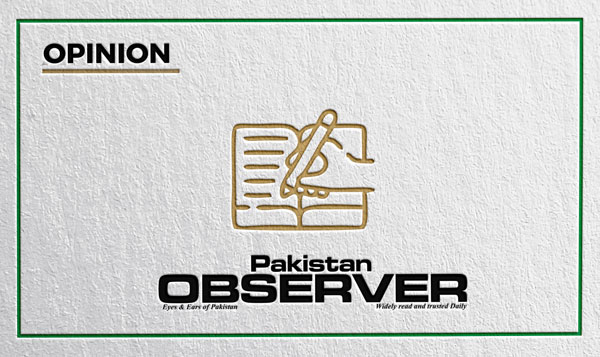Articles and letters may be edited for the purposes of clarity and space.
Achieving $60b export target
Prime Minister Shehbaz Sharif has set an ambitious target to elevate Pakistan’s exports to $60 billion over the next three years. During a recent National Export Development Board (NEDB) meeting, he emphasized addressing exporters’ issues on a priority basis and pledged to personally chair these meetings every six weeks.
He directed the Ministry of Commerce to finalize proposals for enhancing exports by engaging with representatives from sectors capable of boosting exports. Additionally, he instructed the Ministry of Food Security to collaborate with provinces to improve services and increase the export of agricultural products by processing them further and introducing high-yield crop varieties.
The Prime Minister also committed to reducing industrial electricity costs and involving the private sector in policy-making to resolve their issues. While the Prime Minister’s commitment is commendable, practical steps seem lacking. Nearly two and a half weeks after the meeting, there has been no visible progress in consulting stakeholders or addressing exporters’ issues.
The export sector, particularly the textile industry, which contributes over 60% to total exports, is grappling with severe difficulties. Despite the government’s repeated promises to enhance exports, tangible improvement has been scarce. The textile sector faces rising production costs due to high mark-up rates and energy tariffs, impacting its competitiveness in the global market.
If the government genuinely intends to increase exports, it must reduce bank mark-up rates to single digits and provide financial support for transitioning to solar energy, which would address the energy crisis and promote environmentally friendly practices.
GULAB UMID
Turbat
Teacher certification
I am writing to emphasize the critical importance of ensuring that all teachers within our school district hold valid and appropriate certifications and licenses.
Proper certification is essential for upholding high educational standards and ensuring quality instruction.
I have recently learned that some educators in our district may lack the necessary qualifications and experience. This situation poses a significant risk to the quality of education our students receive and could adversely affect their academic performance and future opportunities. I urge the relevant authorities to address this issue promptly to safeguard the educational standards in our district.
KIRANAZ MURAD
Karachi
Solar storm impact
Through this letter, I would like to draw attention to the public concerns raised by the recent solar geomagnetic storm in early August 2024, which has highlighted our vulnerability to space weather. Triggered by solar flares and coronal mass ejections (CMEs), the storm caused disruptions in satellite communications, GPS systems, and power grids.
NASA labeled this storm as one of the most powerful in the current solar cycle, with a peak Kp index of 8.0. The European Space Agency reported brief signal losses among spacecraft, while GPS systems in North America and Europe experienced interference. Additionally, geomagnetic waves prompted power fluctuations and disruptions in Canada’s electrical grid.
While beautiful auroras were visible as far south as Texas and northern Italy, the long-term consequences of such solar activity are far more critical. As our reliance on technology increases, so does the potential for disruption caused by solar storms.
Governments and scientists must improve early warning systems, fortify infrastructure, and educate the public about these threats. As we approach the solar cycle’s peak, preventive measures are crucial.
AAMNA KHALID
Wah Cant
(Pakistan’s) touth in peril
Pakistan’s youth face serious challenges that have grave repercussions for the nation’s future. With 64% of the population below the age of 25, Pakistan has one of the largest youth bulges in the world. However, this demographic dividend can quickly become a ticking time bomb if not addressed promptly.
One of the most significant challenges is the lack of access to quality education. Approximately 26 million youth are out of school, with 13.7 million girls and 11.6 million boys not enrolled in educational institutions. This alarming proportion is a grim reminder of the government’s failure to provide basic rights to its citizens. Additionally, the outdated education system focuses on rote learning, hindering the development of critical thinking and problem-solving skills.
Unemployment is another major issue plaguing Pakistan’s youth. Despite having a large pool of educated individuals, 4.5 million people are unemployed, with 31% of them holding degrees. This has led to brain drain, with approximately 6 million skilled professionals and workers migrating to other countries for better opportunities. This mass immigration results in a significant loss of $3.2 billion in annual GDP.
KHADIJA USMAN SHAR
Karachi










